Cannibalised remains from doomed 1845 British Arctic expedition finally identified
Identification was made possible thanks to DNA sample from living descendant of Captain James Fitzjames
Your support helps us to tell the story
From reproductive rights to climate change to Big Tech, The Independent is on the ground when the story is developing. Whether it's investigating the financials of Elon Musk's pro-Trump PAC or producing our latest documentary, 'The A Word', which shines a light on the American women fighting for reproductive rights, we know how important it is to parse out the facts from the messaging.
At such a critical moment in US history, we need reporters on the ground. Your donation allows us to keep sending journalists to speak to both sides of the story.
The Independent is trusted by Americans across the entire political spectrum. And unlike many other quality news outlets, we choose not to lock Americans out of our reporting and analysis with paywalls. We believe quality journalism should be available to everyone, paid for by those who can afford it.
Your support makes all the difference.The cannibalised skeletal remains of a member of the doomed 1845 British Arctic expedition have been identified as that of Captain James Fitzjames.
In 1845, Sir John Franklin ventured to find a navigable northwest passage through the Arctic with 129 men aboard ships HMS Terror and HMS Erebus.
Three years later, after their ships were trapped in ice, Fitzjames, the commander of HMS Erebus, led 105 survivors in an attempt to escape the Arctic. None survived.
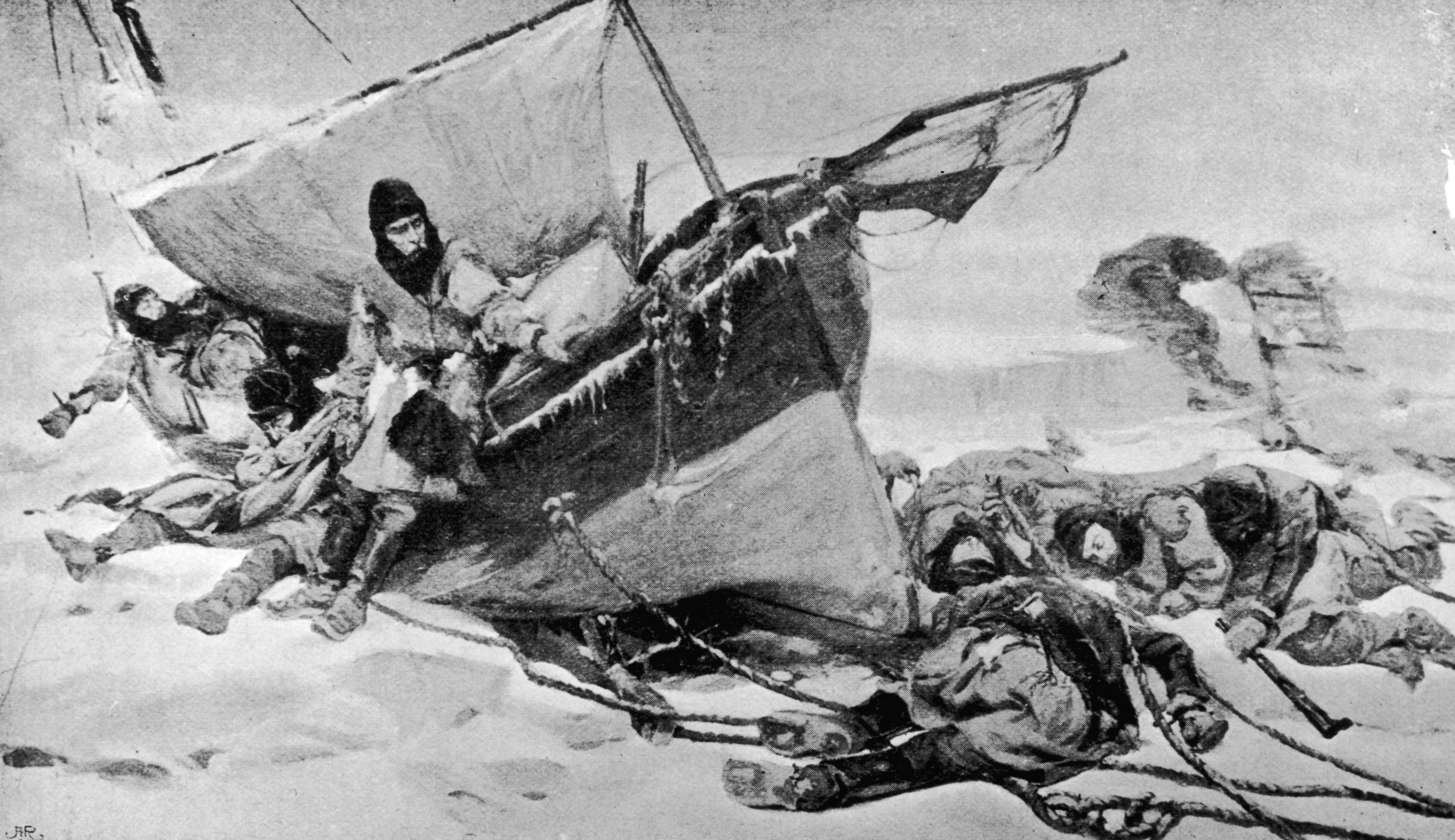
The ultimate fate of the expedition has remained the subject of widespread interest, sparking many speculative books, articles, and even an acclaimed horror TV miniseries.
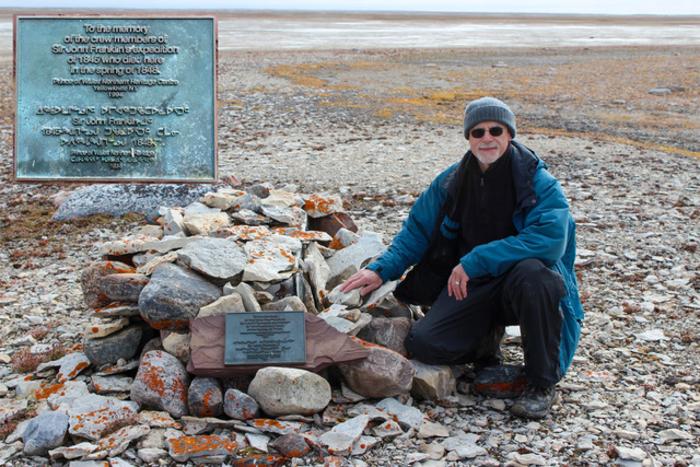
Since the mid-19th century, more than 450 bones, belonging to at least a dozen of the sailors, have been found around King William Island, Nunavut.
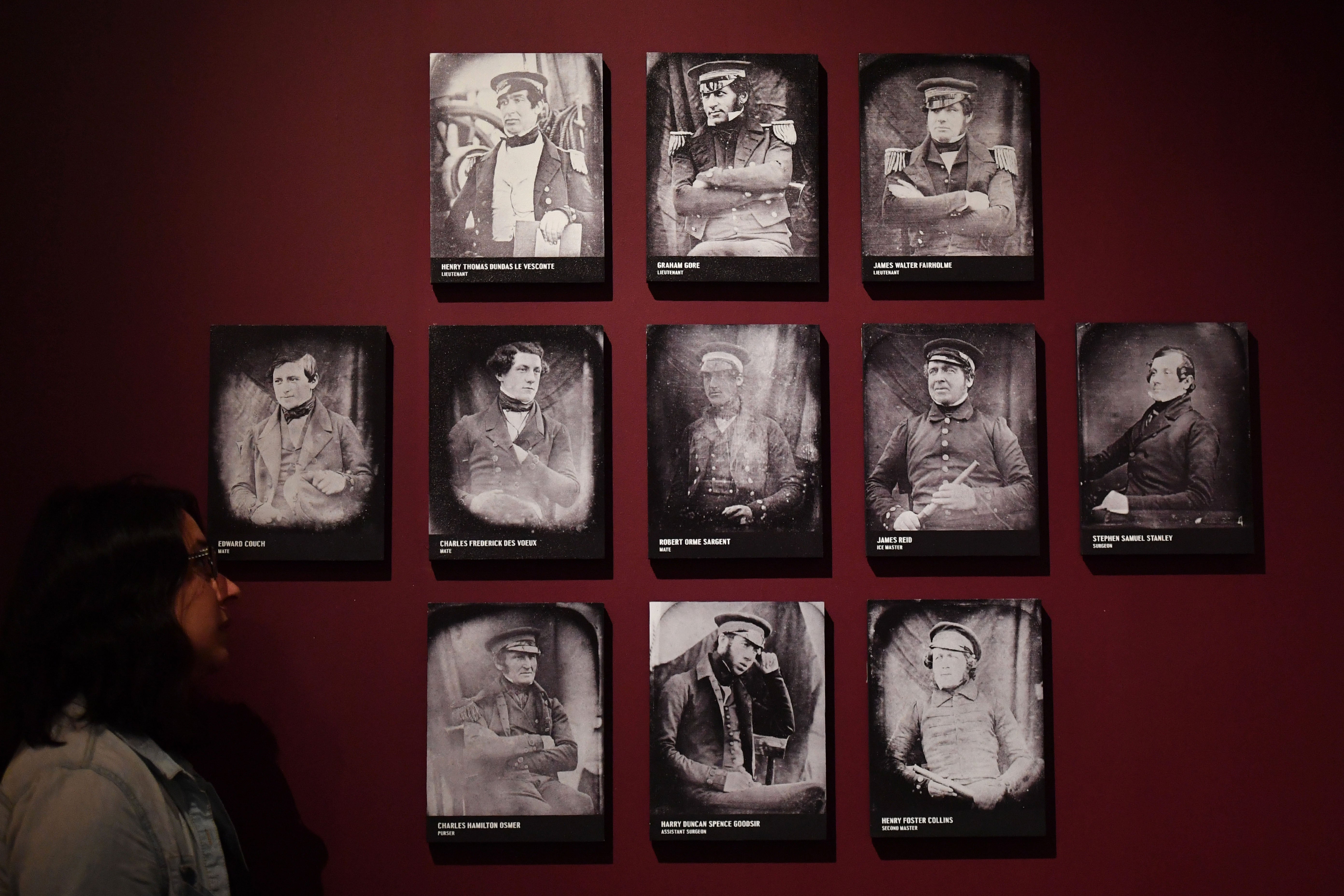
Now, DNA analysis has revealed that one of the skeletal remains belongs to Fitzjames. This makes the captain the second member of the expedition to be identified after HMS Erebus engineer John Gregory.
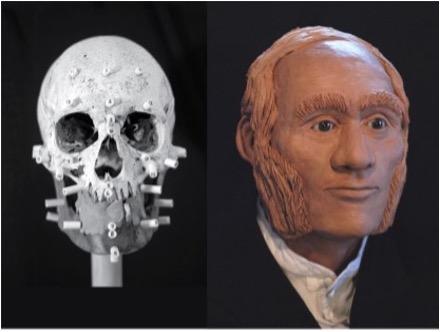
“We conclude that DNA and genealogical evidence confirm the identity of the remains as those of Captain James Fitzjames, HMS Erebus,” scientists wrote in a new study published on Wednesday in the Journal of Archaeological Science.
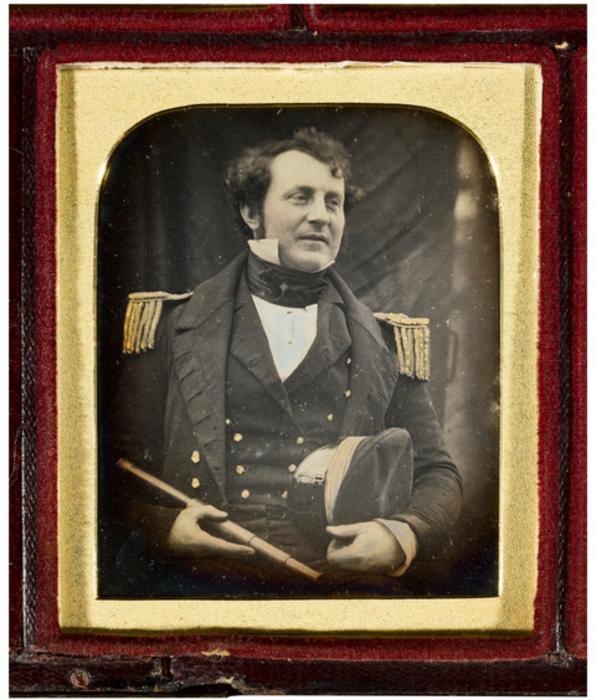
The mandible bone, exhibiting multiple cut marks, suggests that the captain’s body was subject to cannibalism after his death, scientists said.
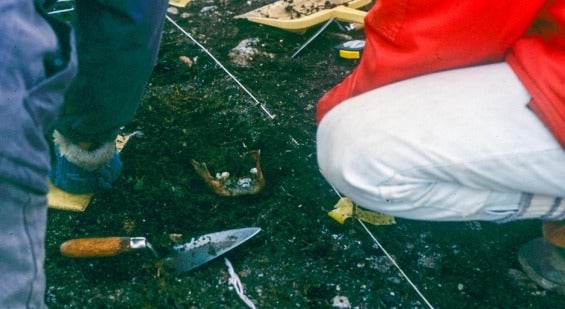
The identification was made possible thanks to a DNA sample from a living descendant of Fitzjames. The sample matched the DNA from a set of bones unearthed at the King William Island archaeological site.
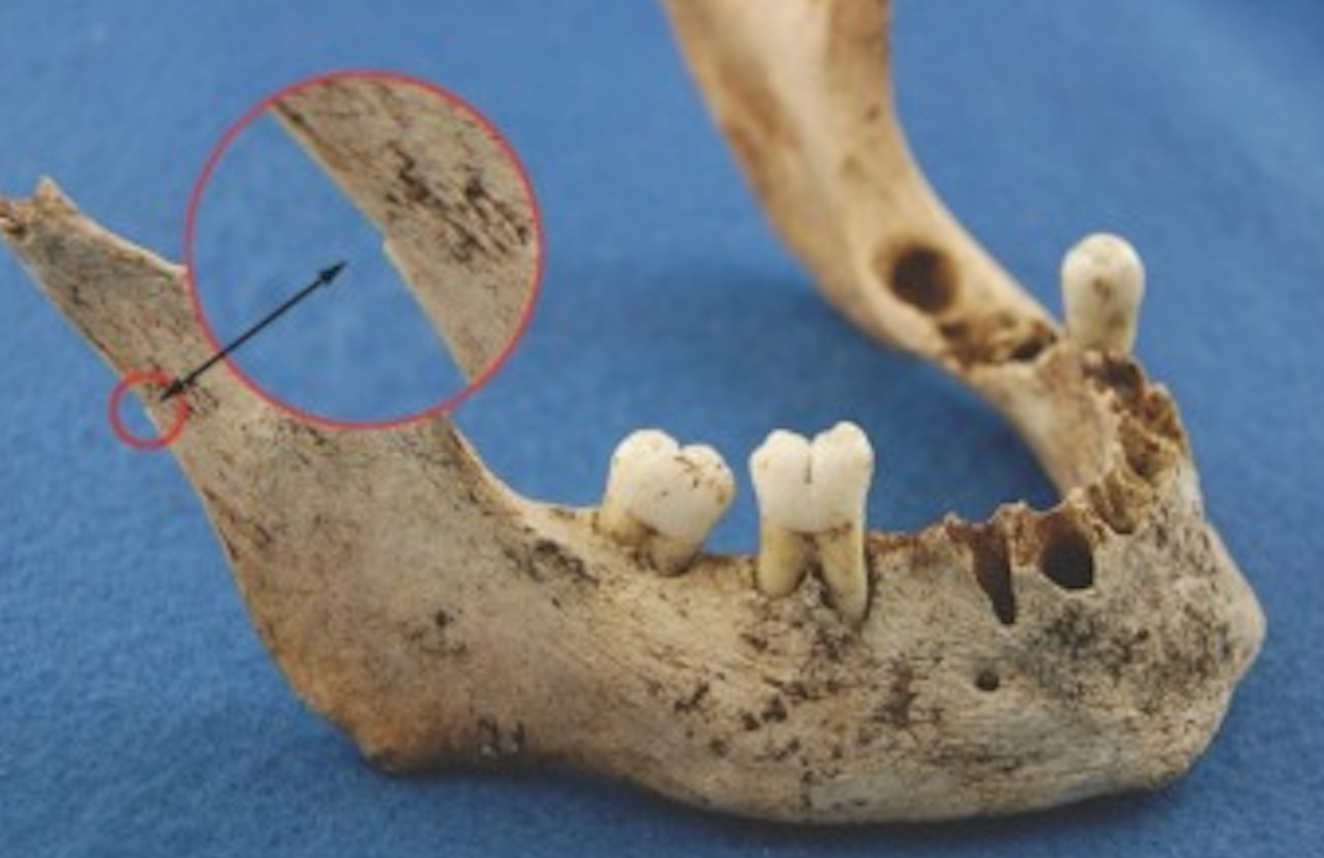
“The identification of Fitzjames’s remains provides new insights about the expedition’s sad ending,” Douglas Stenton, study co-author from the University of Waterloo, said.
The local Inuit people had told searchers in the mid-19th century they had seen evidence of the survivors resorting to cannibalism – news that shocked Europeans at the time.
In 1997, archaeologist Anne Keenleyside found cut marks on nearly a quarter of the human bones, hinting that at least four of the men who died there were subject to cannibalism.
Fitzjames’s bones join this list with his mandible remains exhibiting multiple cut marks.
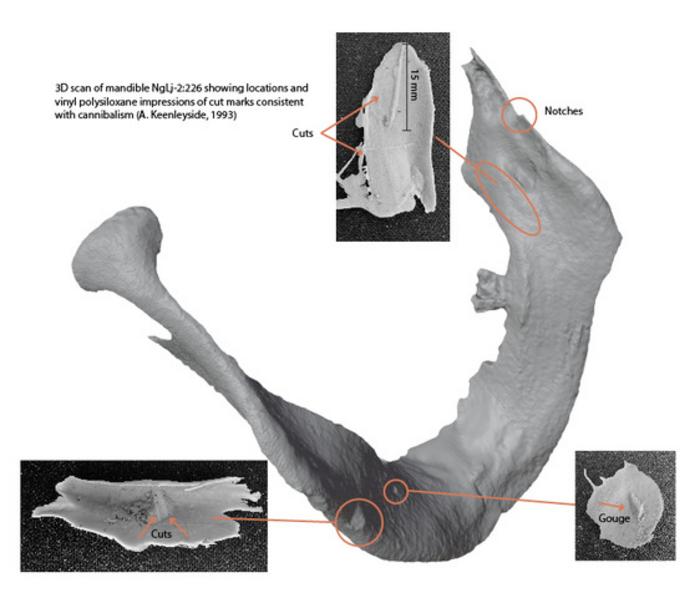
“This shows that he predeceased at least some of the other sailors who perished and that neither rank nor status was the governing principle in the final desperate days of the expedition as they strove to save themselves,” Dr Stenton said.
“It demonstrates the level of desperation that the Franklin sailors must have felt to do something they would have considered abhorrent,” University of Waterloo anthropologist Robert Park added.
Join our commenting forum
Join thought-provoking conversations, follow other Independent readers and see their replies
Comments